Log in or create new account to save this product to your wishlist.
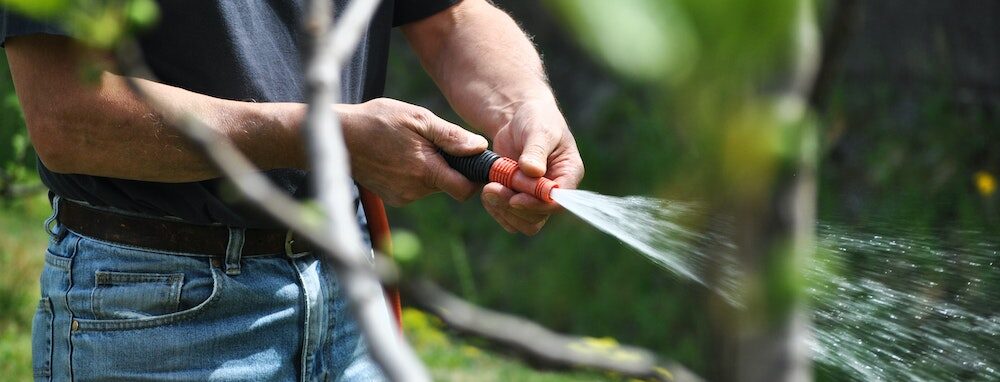
How to keep your lawn in shape this summer
The British summer is unpredictable at best. Short periods of scorching heat and drought, followed by excessive rainfall. How to keep your lawn in shape this summer.
🌱 All important maintenance moments for your lawn during the year. Leave your email and we will send you the lawn calendar for free.
Enter your email
Receive the lawn calendar in the mail
Enjoy a green lawn all year round!

- Order by 2PM = shipped today
- 250.000+ satisfied customers!
- 60 day satisfaction guarantee
Ahh, the British summer – that most unpredictable of nature’s gifts. T-shirt tans, knotted hankies, and beautiful, seemingly endless days of scorching heat; followed by monsoon-like downpours that flood our lawns and ruin summer get-togethers.
It’s true to say that your lawn sees a lot of weather during a typical British summer, so how DO you keep it looking green and luscious throughout this most tricksy of seasons?
Grass grows faster in the summer and needs some special attention. So, in this article, we’re going to explore how to keep your lawn in perfect shape with expert summer tips that result in fantastic results every time.
Ready? Let’s get to it.
Summertime watering – what time is best?
Probably the most significant challenge during hot spells is the lack of rain. When your lawn needs water, it lets you know by turning an unattractive shade of yellowish-brown. Grass needs around 2.5cm of water each week during the summer so, if the skies aren’t providing, we need to get the hosepipe out and give the lawn a good drenching.
The best time of the day to water is the morning; well before the sun hits its hottest around 3 pm. This gives any water laying on the leaves time to evaporate to prevent scorching and plenty of time for the surface water to penetrate down into the roots.
Avoid watering in the evening because your lawn is likely to remain wet overnight, promoting fungi and disease.
Summertime watering – how often?
Never overwater your lawn because it makes the roots lazy and the plant less drought-resistant.
Decent intervals between watering forces the grass’s roots to burrow deeper into the soil to seek out water – this is good for the plant’s longevity.
Deeper roots strengthen the plant and will help keep the grass green even during periods of minor drought.
Water twice a week to a total of 2.5cm, including rainfall. We realise it’s difficult to know how much water that actually is in real terms – I mean, do you stand there with the hosepipe for ten minutes or an hour?
How to calculate 2.5cm of water
The easiest way to gauge the amount of water you need is to use a sprinkler. Leave a rain gauge (or a cup will do) on the lawn while you sprinkle and measure how long it takes to fill the gauge to a depth of 2.5cm. For the most accurate reading, use three cups placed at varying distances from the sprinkler, and measure the average.
If it takes half an hour to reach 2.5cm of water, then run your sprinkler twice a week for fifteen minutes each time.
What about totally scorchio days?
After sweltering days – where the mercury hits the 30s – provide a light sprinkling in the late afternoon (once the sun has started dropping) to help cool the lawn down. (but only if the grass is looking a little limp and tired).
Remember:
Watering a little every day makes your lawn’s roots lazy. Leave intervals between watering to encourage root depth and drought-resistance.
Mow the grass regularly but not too short!
Regular mowing is the key to a beautiful lawn because it forces the plant to produce more blades of grass from each crown (aka “tiller”). Mowing at least once each week in the summer ensures a thicker lawn as it grows back.
However:
Mowing Tip #1:
NEVER mow more than ⅓ of the leaf – this causes the plant to lose essential moisture and stored sugars. Cutting your grass too short results in yellow/brown patches and a generally unattractive lawn.
Most grasses don’t tolerate being cut too short. If you want that quintessential manicured lawn, like a golf putting green or the immaculate grounds of Downtown Abbey, you’ll need to choose the right type of grass seed, such as MOOWY’s Premium Lawn grass seed.
Mowing Tip #2:
Make sure your lawnmower blades are sharp.
Blunt blades tear the leaf, leaving a large wound on the grass blade. And hot weather causes that wound to dehydrate the grass blade quickly.
Keep your cutting blades sharp!
Mowing Tip #3:
Never mow during the hottest part of the day (3-4 pm). Mow in the morning or late afternoon.
Mowing Tip #4:
This isn’t really a mowing tip, but it is a tip on maintaining the moisture in your soil:
Keep your grass longer; that means leaving the cutting blade higher during the summer.
Longer grass:
- Slows the evaporation of soil moisture
- Keeps the earth cooler
- Absorbs more morning dew
Fertilising grass in the summer
Your summer lawn probably sees the most action: garden parties, sunbathing, ball games, mowing, heat, drought. In short, a summer lawn needs resilience.
All plants need feeding for optimal growth, appearance, and longevity, and your lawn is no different. Use a summer fertiliser, such as MOOWY’s Easy Mow fertiliser, to give your grass the nourishment it needs to see the summer through.
Our Easy Mow fertiliser contains 60% organic and slow-acting nitrogen, which helps maintain a deep, rich green colour while boosting the grass plant’s natural ability to photosynthesise for food.
But:
Be careful to avoid over-fertilising your grass because it stresses the lawn. Always read the instructions on the packet.
A few summertime fertiliser tips:
- Never spread the fertiliser when it is warmer than 25 degrees – this can cause scorching.
- Fertilise in the evening on warm days, but never during a heatwave.
- Use a slow-release, slow-acting fertiliser, preventing leaf scorch. Slow-release fertilisers mean that you only need to fertilise every 4-6 weeks.
- Mow the lawn before you fertilise so that the feed reaches the base of the plant more easily
- Fertilise only when the lawn is dry. Otherwise, the fertiliser will stick to the leaf, causing it to burn.
- Water your lawn immediately after fertilising
- Respect the recommended amount to use. More fertiliser is not a greener lawn!
- Fertilising only works on actively growing grass. If the grass is dormant (due to drought stress, for example), it won’t absorb the nutrients.
Strimming and trimming lawn edges
It’s all very well having a beautiful lush lawn (and if you follow our tips, that’s precisely what you’ll have!), but most grass varieties are creeping plants that spread quickly.
If you’re not careful, your grass will spread into your flower beds, so cut the edges with a strimmer or edging tool. Not only does it prevent spread, but it makes the edges look much neater – win-win.
Trim the edges of your lawn every eight weeks for best results.
Remove weeds
If you take good care of your lawn, you’re less likely to see weeds growing within the texture of the grass. A healthy, well-fertilised, regularly mown lawn doesn’t give weeds a chance.
However, some weeds do creep in every now and then. If you’ve let the lawn go a bit, then you’ll probably need to scarify.
But, if you have just a few weeds, you can remove them by digging them out of the earth with a knife. Make sure you remove the whole root system; otherwise, they’ll just return.
Fill in the holes in your lawn with a little compost or garden soil, and cover with MOOWY Quick Repair grass seed.
Keep the new seed moist, and after a week, fresh grass will appear.
Explore Our Help & Advice Page
We hope you’ve enjoyed reading our expert tips; use them to keep your lawn in shape during the summer.
We have plenty more tips and information about achieving and maintaining the perfect lawn on our Help & Advice page.
Thanks for reading.
-
Zero-Waste Gardening – This is How You Do It!Did you know that the average person wastes between 100 and 150 kilos of food every year? That's why the concept of zero-waste gardening is becoming increasingly important for environmentally conscious gardeners that like to do their gardening greener.Read more
-
How to Master Tree Pollarding: A Practical GuidePretty dense! What might be an insult to some, is certainly a compliment to trees. Through pollarding, you can make sure, your trees have a dense crown of beautiful leaves.Read more
-
Get Ready: Here are 5 Garden Trends for 2025Curious about the latest garden trends for 2025? From smart solutions to sustainable choices, discover all the outdoor trends that are transforming British gardens!Read more
-
How to Care for Plants in Winter: A Simple GuideWhen winter comes around, the care requirements of your plants change. Find out, how to adjust the care routine for your plants.Read more
-
Companion Planting Made Easy: A Step-by-Step TutorialStrategic plant partnerships can solve common gardening problems like pest invasion and disappointing yields. Find out which plants are great together in our companion planting guide.Read more
-
How to Grow Sweet Potatoes in Your GardenWant to know something splendid? A single sweet potato plant can produce 5 to 10 pounds (4.54 kg) of nutritious tubers—plenty to keep your family’s pantry well-stocked for weeks!Read more
-
Revive Your Lawn After Winter With These Easy StepsTired of winter lawn damage? Discover how to repair brown spots, remove weeds, and revitalise your grass for a thriving garden this spring.Read more
-
A Complete Guide On Lighting for Your House PlantsAchieve perfect lighting for houseplants! This guide covers light mapping, plant placement, and grow light tips to help your plants flourish indoors.Read more
Leave a comment
Your answer will be displayed on the site and the interested party will be notified by email.
Leave a comment
Have a question or want to share your experience? Leave us a comment.

- Order by 2PM = shipped today
- 250.000+ satisfied customers!
- 60 day satisfaction guarantee

- Order by 2PM = shipped today
- 250.000+ satisfied customers!
- 60 day satisfaction guarantee

🌱 All important maintenance moments for your lawn during the year. Leave your email and we will send you the lawn calendar for free.
Enter your email
Receive the lawn calendar in the mail
Enjoy a green lawn all year round!



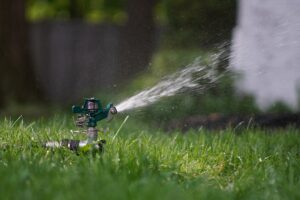
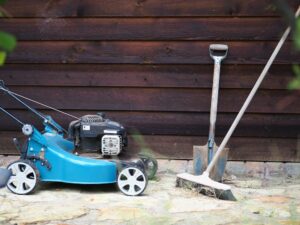





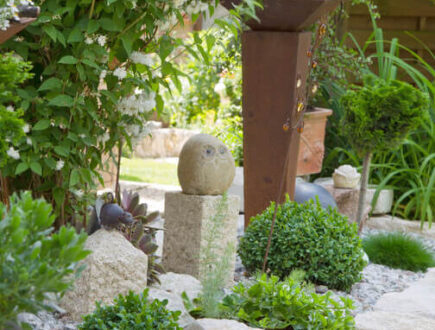
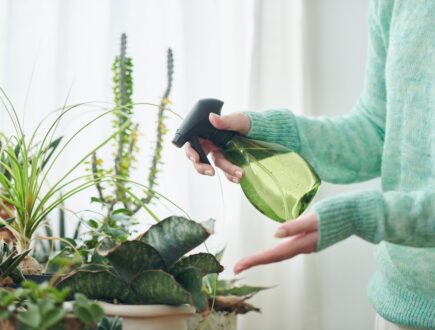


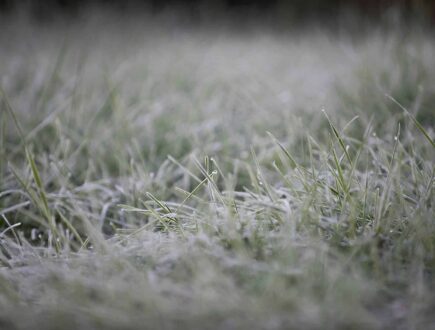










Comments (0)
There are no comments yet. Well then, what are you waiting for to
Be the first to write your comment!inaugurate this pretty page?
Do you have some comments?